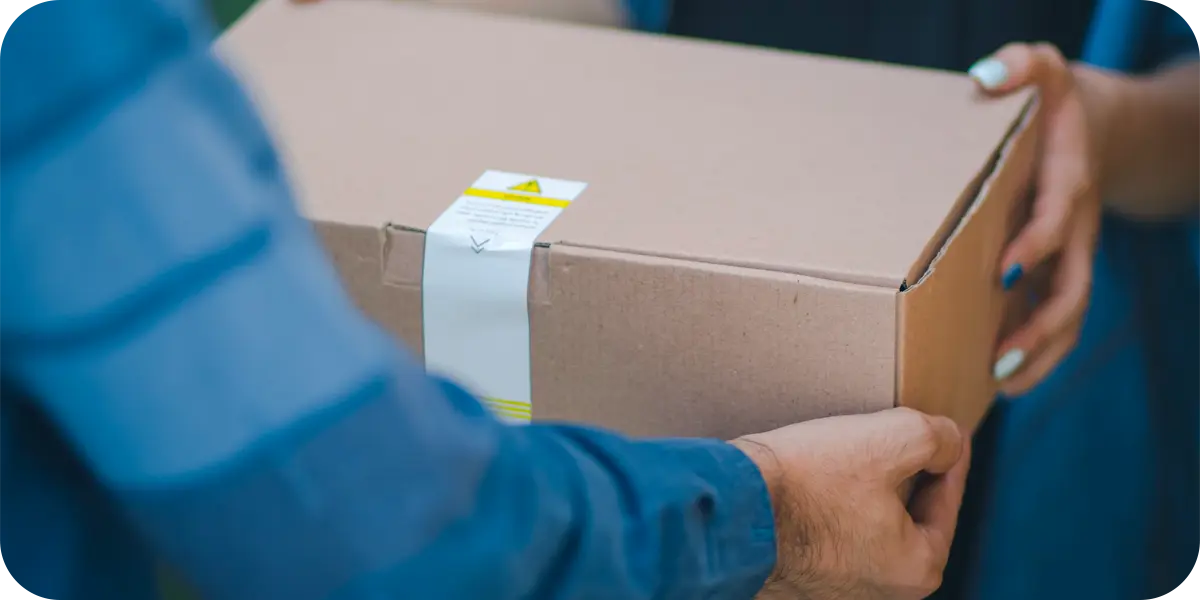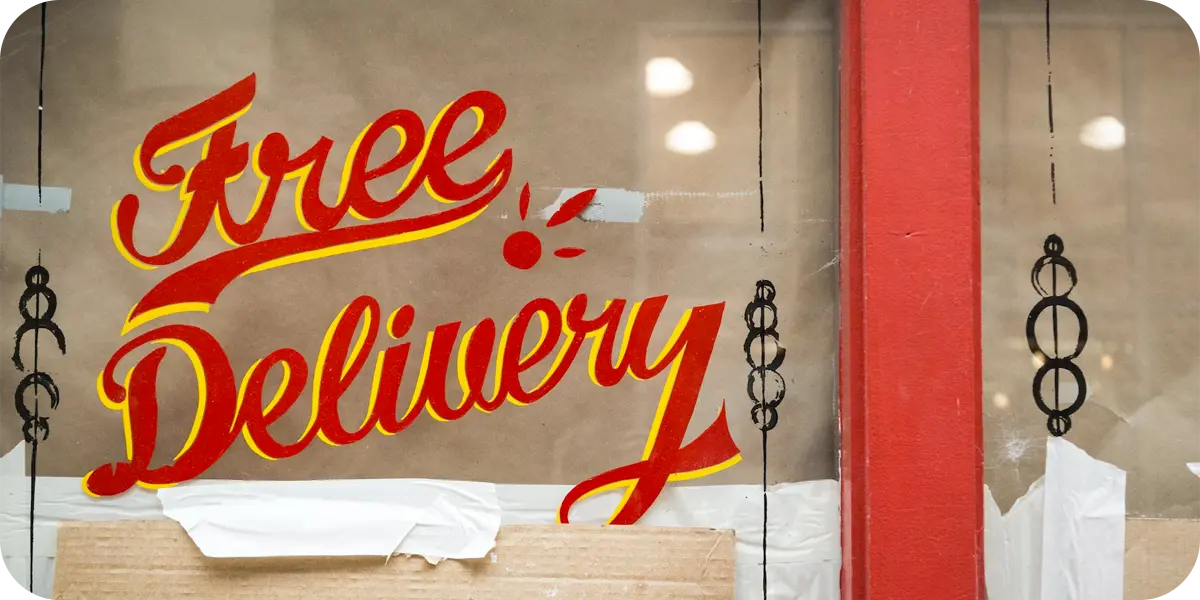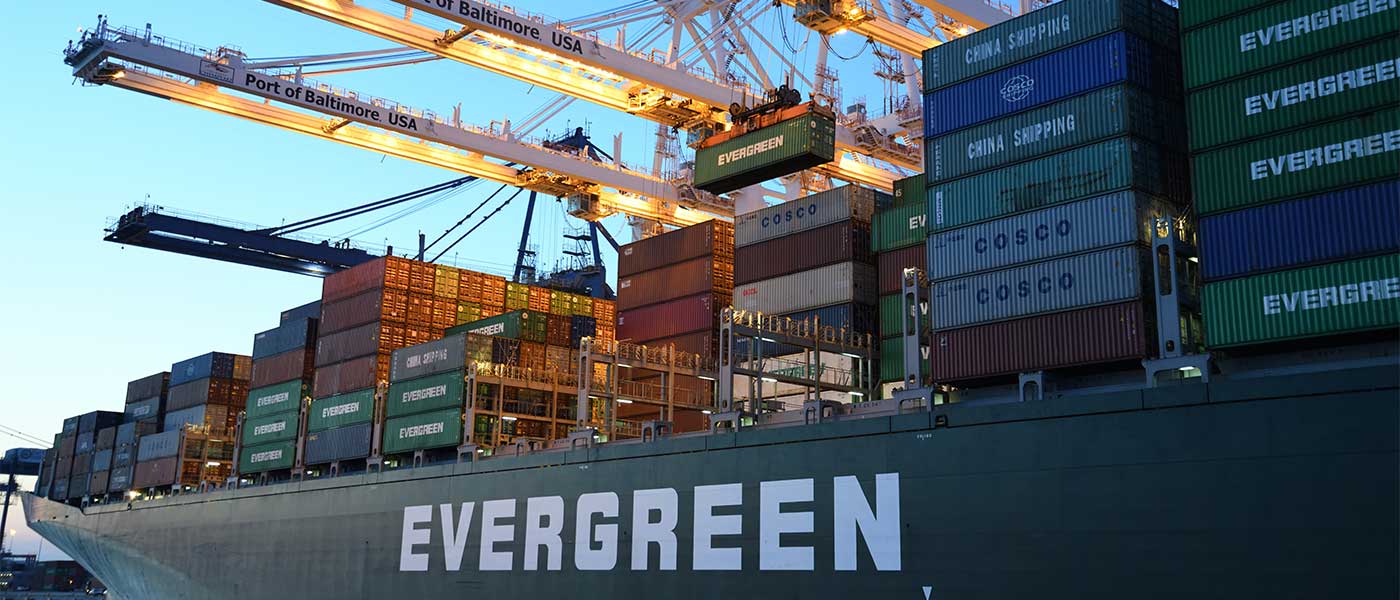In the advent of the global Covid-19 pandemic, most people are making sure their shopping experience is safe so they do it the online way. As the world is shifting toward online shopping at a rapid pace, more online stores offer Cash on Delivery as one of the key payment options for their customers. Along with the rise of alternative payment methods such as contactless payment via credit and debit cards, and even the increasing use of mobile apps called e-wallets, the good old cash on delivery is still a staple among buyers in Southeast Asia. But is cash on delivery hassle-free or does it also come with a cost?

What is COD?
Cash on Delivery has proven to be popular among Southeast Asian countries with 2017 data stating that 47% of Philippine digital purchasers use this method, while 42.8% of the purchases in Vietnam and 20.6% in Indonesia were bought using the Cash on Delivery method.
The Cash on Delivery method acts as a bridge in the transition brought about by the rise of eCommerce platforms. Essentially, it is a compromise for those who want to avail products through digital platforms but do not possess credit cards or other digital payment methods such as Paypal.
Why is COD popular in Southeast Asia?
Most consumers in Southeast Asia are also accustomed to the practice of getting the product upfront once you pay for it. In the case of digital payments, there is this added anxiety or fear of fraudulent sellers so quite a lot of customers prefer paying once their parcel has arrived. The peace of mind and protection for the buyer is one of the selling points of this payment method, especially in the Southeast Asian region.
Another reason why the COD option gained popularity is that only a little portion of the population in Southeast Asia actually has credit cards, which is one of the most popular methods of cashless payment. In Indonesia, 64% of the population above 15 years do not even have a bank account and 96% of the population do not have credit cards. Some buyers prefer buying products with money that they already have and not charge it to credit.
With the advent of various mobile payment systems such as e-wallets like AliPay, GoPay in Indonesia, and GCash and Maya in the Philippines, cash payment is not without its competitors. E-wallets or mobile wallets are applications in mobile smartphones used for digital, contactless payments. But despite the perceived convenience of cashless, contactless payment, some customers still prefer paying in cash. Especially with the older population in Southeast Asia, who find it complicated and burdensome to use these applications.
Aside from the not-so-techy older population of buyers, together with the unbanked younger ones, sellers can also benefit from the COD system because they can appear more accessible to the general public, and thus gain more popularity as a brand. This is a good start, especially for the small businesses which have only started venturing into eCommerce platforms and are in search of a more solid customer base.
For countries in Southeast Asia, cash on delivery remains an important option for both buyers and sellers and it seems like it would take some time for it to be offset by cashless transactions. For that to happen, it would require some time and effort for sellers, platforms, and banks to close the gap of this so-called digital divide. Thankfully, COD is readily here for our convenience. It truly is a great way to do business, but it is equally important to be aware of the risks it entails.
Why is COD a gateway for scammers?
While COD has proven to be popular and convenient for customers, it is not without its disadvantages. Case in point – some courier companies also charge extra costs for COD options. Most of the time, sellers shoulder this added cost instead of raising prices at the risk of losing customers. Sellers are still in that tricky territory between risking their hard-earned customer base or bearing the burden of these extra expenses.
Another challenge in choosing the COD method might be the constant fear and anxiety of contracting Covid-19 for both buyers, delivery persons, and other personnel involved in the process. While minimum health protocols are advised to be observed at all times, the risk still remains especially with the advent of new variants. This fear pushes people just to once and for all, study how to use the contactless payment method available.
Some business people are promoting the shift to digital payments. This puts cash payments, including COD at the risk of possible antiquity or stoppage. However, the shift requires a steep learning curve mostly for consumers who are only beginning to get the ropes of how to convert their cash to e-cash. Some low-income families are still being paid in cash, and to be frank, most would not bother to take that extra step to convert their money to be used for digital payments.
How to spot and avoid scammers?
We might have experienced it ourselves, or maybe not. But there already have been reported cases of fraudulent buyers who ‘play pranks’ on these platforms with no real intention of buying the product. Loss of income is what this means for the seller. Truth be told, it is difficult and it would seem like a waste of time to track this single fake customer especially when they have provided inauthentic information about their identity when they ordered from you. We cannot track all scammers or dismantle their network, but we can at least prevent ourselves from falling victim to these activities.
There is also precedence of fraudulent sellers using courier companies’ COD systems to concoct elaborate scams. According to NinjaVans’ COD Advisory, these scammers have been found to use freight forwarders as middlemen in the guise of delivering parcels to customers in the region. The delivery person will then collect cash on behalf of these freight forwarders who will then remit this to the shippers – who have been found to be fraudulent sellers, in short, scammers.
Although this has been reported in several instances, even courier companies admittedly could not find a foolproof way to avoid these experiences. While they have extended some stopgap measures such as blacklisting some of the perpetrators, these scammers are usually part of a bigger network operating internationally. To avoid being traced, they resort to changing their names, identities, and location in order to continue operations. Not to mention, even if they are tracked, there will be difficulty in punishing these scammers because of the varying degrees of legislation in different countries that are aimed to prevent their operations from taking place.
While long-term solutions are being sought, a more holistic and multi-stakeholder approach against scamming must be put in place. These solutions can only be effective when they are a collective effort. That means – merchant, courier, and customer. The buyers, the sellers and the delivery people must go hand in hand in combating scams and ensuring a win-win situation for everyone.
For buyers and sellers alike, we have found some of the innovations buyers and sellers made to prevent and avoid scammers:
For buyers
- Verify, verify, verify. Before you spend your cash on those shoes or that new vacuum cleaner, make sure you are talking with a legitimate seller. Best to check online for resources such as websites containing vital information about the company. Check for reviews on other customers’ experiences with them. Do some scavenging on the reviews section and make sure the comments come from real and verified people who have had positive experiences interacting with the seller you are verifying.
- Make sure you have the contact details of the seller – the company name, address, and email address. Most of the established and legitimate sellers are very transparent when it comes to these and even have their own customer care systems to build trust among their customers. When a seller denies you these details, that certainly is a red flag. Go on then and check the platform for somewhere else you can buy the same product. For beginners, it is best to look up the official store of the certain brand you are looking for. More often than not, they are certified by the platform such as Shopee or Lazada as legitimate and are part of an anti-fraud system against scams formed by the platform, the courier, and the seller.
- Check your delivery when it arrives before letting your delivery person go away with your cash. Best to counter-check the return address provided by the seller in the platform where you bought the item. Make sure also that there are no anomalies or irregularities in the packaging of the product. We would not want to be surprised that a notebook is in place of your new iPhone. It would also be smarter and safer to keep a record of the identity of the delivery person and the courier company they are working for. Even before buying, gather some information on how you can return the item if and when it does not match your order. Yes, you can do that, and most legitimate sellers will let you do it.
- Never accept and never pay for that which you did not order. Some scammers will just randomly send fake parcels and expect a return in the form of cash. Always check if the package is for you. Verify if your details are correct – name, address, and contact number. It is also handy to keep a list of your orders, sort of a cheat sheet so you can keep track. If it is not yours, just refuse and have the delivery person return it to the sender.
For sellers
- It might be useful to just explain to your customers the reason for charging an extra cost for the COD option. After all, it is for the protection of both you and the customer. You don’t even have to let them shoulder the whole cost, you can split them. It is better for you and the business if you just explain to them respectfully, and let them know it would allay fears of scams from both sides.
- It would not hurt also to ask for more details about your customer. It is part of building trust in eCommerce transactions. Most legitimate buyers will provide their real names and real addresses because of course, they would want the package to reach the right person in their expected place. Make sure to maximize the chat features of Lazada and Shopee to get a feel if you are talking to a really interested buyer. Ask them why they chose the product, and assist them. This way, they are also more comfortable that you are legit. Just don’t violate the privacy standards of the platform. Never ask for sensitive information.

Choose what works best for you
Before you wander off again to shop in the best online marketplaces, make sure you choose the best payment method that would work for you. All payment methods are with their perks and risks. In the case of the handy and convenient Cash on Delivery method, one of the risks is that it is prone to scams from both buyers and sellers.
Scammers might always be there and they actually might be difficult to weed out, but put on your best armor so that we can actively fight these bad ones. Buyer, seller, or courier, we are together in this fight.
The best bet would be if we ensure communication between buyer and seller to form trust before we finally engage in the transaction. After all, it would always involve our hard-earned money and we do not want that falling into the wrong hands.
Sellers must also up their game in making their online presence look more legitimate. Buyers should also take that extra few minutes to check the sellers for verification. Be at home when you receive the product and do not just leave it to somebody else. This way, you would be able to personally check your package.
In the end, it is you who will determine what suits you best. So off you go. Enjoy shopping! But remember, always take good care of your money.










